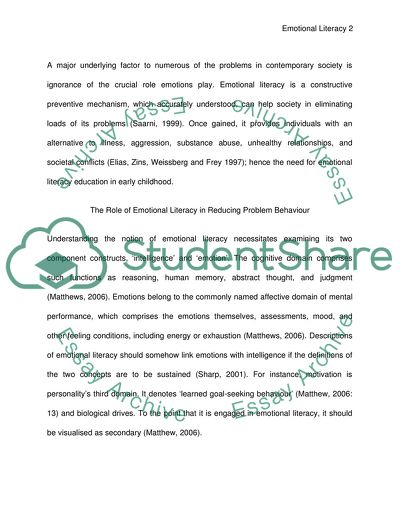Cite this document
(“Challenges and Opportunities of Emotional Literacy in Primary Essay”, n.d.)
Challenges and Opportunities of Emotional Literacy in Primary Essay. Retrieved from https://studentshare.org/education/1734723-please-refer-to-referencing-requirements-ive-written-it-in-there
Challenges and Opportunities of Emotional Literacy in Primary Essay. Retrieved from https://studentshare.org/education/1734723-please-refer-to-referencing-requirements-ive-written-it-in-there
(Challenges and Opportunities of Emotional Literacy in Primary Essay)
Challenges and Opportunities of Emotional Literacy in Primary Essay. https://studentshare.org/education/1734723-please-refer-to-referencing-requirements-ive-written-it-in-there.
Challenges and Opportunities of Emotional Literacy in Primary Essay. https://studentshare.org/education/1734723-please-refer-to-referencing-requirements-ive-written-it-in-there.
“Challenges and Opportunities of Emotional Literacy in Primary Essay”, n.d. https://studentshare.org/education/1734723-please-refer-to-referencing-requirements-ive-written-it-in-there.


